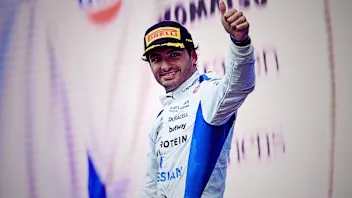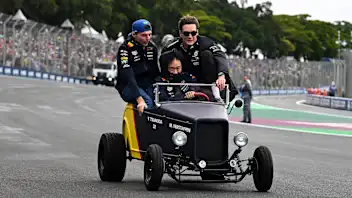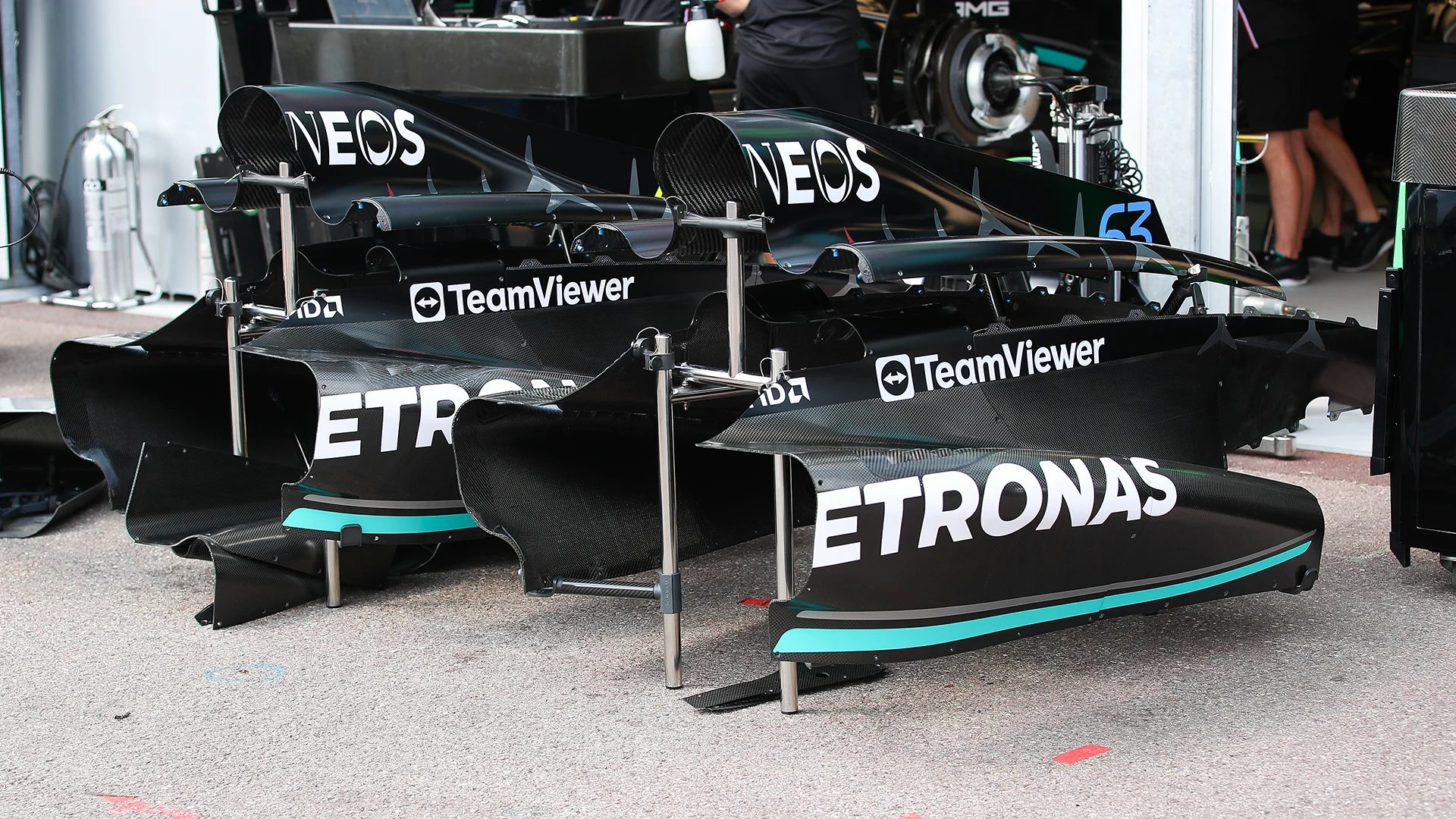Mercedes brought their planned Imola upgrade package to Monaco and, as promised, it looks very different to the original ‘zero-sidepod’ W14, as revealed by the first photographs taken in the pit lane ahead of the race weekend.
This is the first update the team have made from the perspective of accepting that the original concept of both the W13 and W14 was simply uncompetitive. As a consequence, there is a limitation in what they have been able to do using the W14’s existing tub, which was designed around the now-discarded concept but which cannot be changed this year.
Next Up
Related Articles
 ExclusiveWhy Sainz feels ‘vindicated’ after his first Williams year
ExclusiveWhy Sainz feels ‘vindicated’ after his first Williams year The best moments from F1 Secret Santa over the years
The best moments from F1 Secret Santa over the years Best radio and more – F1's 2025 alternative awards
Best radio and more – F1's 2025 alternative awards  Our writers on the best drivers and stories from 2025
Our writers on the best drivers and stories from 2025 Watch as the F1 grid does Secret Santa for 2025
Watch as the F1 grid does Secret Santa for 2025 WATCH: F1 Animated returns for a look back at 2025
WATCH: F1 Animated returns for a look back at 2025


